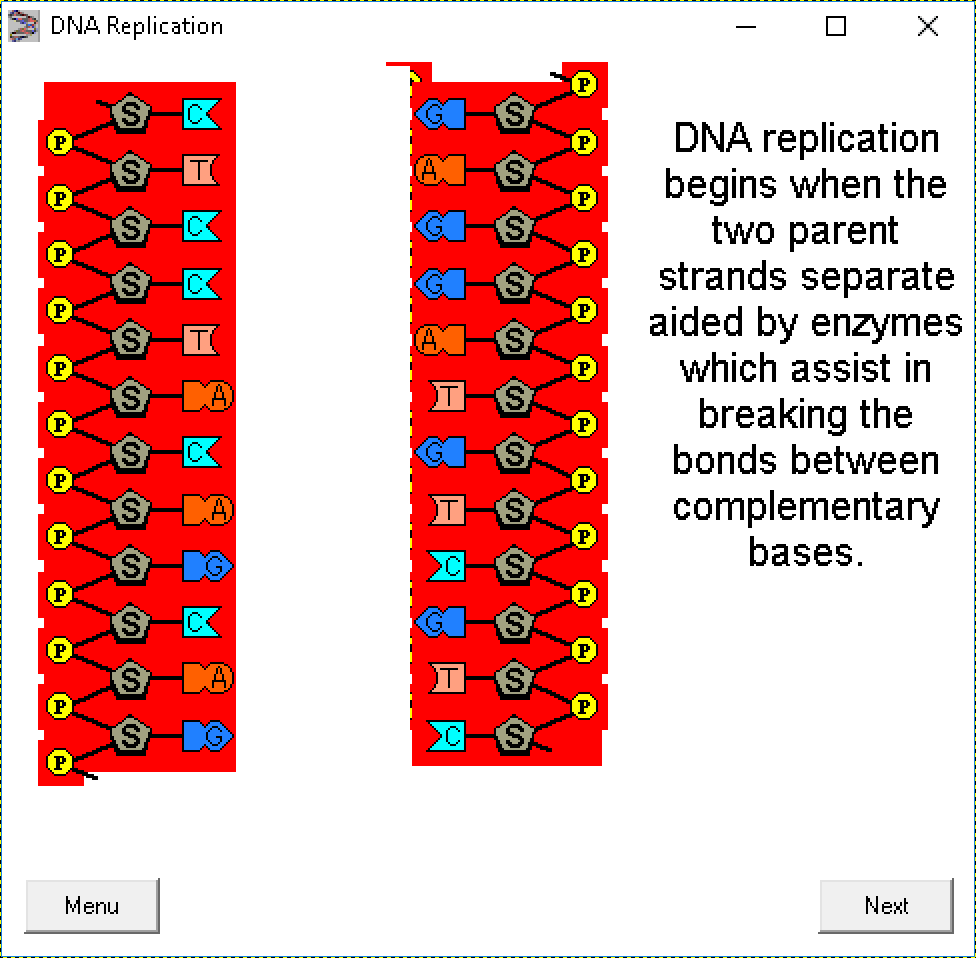Molecule Draw Programs

Embed a running copy of this simulation Use this HTML to embed a running copy of this simulation. You can change the width and height of the embedded simulation by changing the 'width' and 'height' attributes in the HTML. Embed an image that will launch the simulation when clicked Click to Run Use this HTML code to display a screenshot with the words 'Click to Run'. • Molecules • VSEPR • Lone Pairs. Topics • Molecules • VSEPR • Lone Pairs • Bonds Description Explore molecule shapes by building molecules in 3D!
How does molecule shape change with different numbers of bonds and electron pairs? Find out by adding single, double or triple bonds and lone pairs to the central atom. Buku persamaan ic dan transistor datasheet book. Then, compare the model to real molecules! Sample Learning Goals • Recognize that molecule geometry is due to repulsions between electron groups. • Recognize the difference between electron and molecular geometry. • Name molecule and electron geometries for molecules with up to six electron groups surrounding a central atom. • Compare bond angle predictions from the VSEPR-based model to real molecules.
• Describe how lone pairs affect bond angles in real molecules.
Datasheet OS Win 95, 98, NT, ME, 2000 and XP Support Free e-mail support Prices Demo na HyperChem is a sophisticated molecular modeling environment that is known for its quality, flexibility, and ease of use. Uniting 3D visualization and animation with quantum chemical calculations, molecular mechanics, and dynamics, HyperChem puts more molecular modeling tools at your fingertips than any other Windows program. What's new in Version 7.5 Open GL Rendering The basic rendering modeling in HyperChem has been converted to a full new OpenGL model. This affects all the molecular rendering, giving a generally higher quality of graphics throughout the product. Image Gallery - click to enlarge Custom Color Support It is now possible to color molecules, backgrounds, etc. Using any of 16 million available colors rather than the traditional 8 standard colors that HyperChem has used in the past. Mixed Renderings The rendering of molecules supports different rendering for different parts of the same molecule.
That is any atom can be rendered using any of the rendering molecules -- stick, balls, ball and stick, etc. Tube Rendering of Atoms A new 'tube' rendering is now available for atoms. Manipulate Protein Structures Extensive additions have been made to HyperChem's ability to deal with protein structures. HyperChem now supports four secondary structure descriptions - helices, sheets, turns, and coils. The secondary structures can be individual selected, colored, and rendered using a new secondary structure rendering capability.
Support for Secondary Structure Information in Protein Data Bank files HyperChem recognizes and supports secondary structure information in its molecule files. Information from protein database (PDB) files is captured for and retained in HIN files. The peptide builder supports this new capability and adds a secondary structure description to all residues.
Protein Secondary Structure Rendering Secondary structure rendering now includes ribbon lines, narrow ribbon sheets, thick ribbon sheets, encompassing helical cylinders and a coil rendering. These new renderings can be selected for any secondary structure or part of a secondary structure. They can be colored globally or colored differently for specific residues. Enhanced Protein Builder Capability In addition to alpha helices and beta sheets, the peptide builder now supports beta turns, parallel and anti-parallel beta sheets, left-handed alpha helices, 310-helices, and pi-helices. Large Molecule Electron Density Approximation A rapid new method is available for calculating and displaying the electron density and electrostatic potential of molecules. For example, the new method makes it practical to very quickly display the electron density of large proteins.
A molecular and wavefunction visualisation program that also serves as the 'front' and 'rear' end for the GAMESS program. CosmoPlayer: a VRML Browser plug-in (Windows, Macintosh, SGI). VRML (Virtual Reality Modelling Language) is a recent 3D model description language, which allows complex molecular models including surfaces and schematic representations to be created.